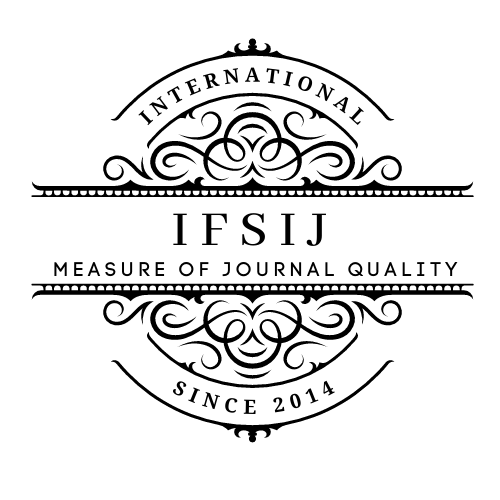CREATING HIGH-YIELD AND DISEASE-RESISTANT VARIETIES THROUGH CROSSING LOCAL AND FOREIGN GRAPE VARIETIES
Keywords:
Viticulture, selection, crossbreeding, F1 hybrid, parental varieties, yield, disease resistance, fruit quality.Abstract
This article discusses the issue of creating high-yielding, disease-resistant and marketable varieties that are relevant for Uzbek viticulture. Morphological, phenological, agrobiological and quality indicators of F1 hybrids obtained by crossing local and foreign parental varieties were analyzed. The results of the study showed that hybrid generations had a number of advantages over parental varieties: the level of resistance to oidium, mildew and gray rot increased by 40–50%; the yield was on average 20–25% higher than that of parental varieties; as a fruit, the sweetness and taste characteristics characteristic of local varieties were combined with the large-fruitedness, transport resistance and long-term storage capabilities characteristic of foreign varieties. The results of statistical analysis (ANOVA) confirmed the reliability of differences in yield. The results obtained are consistent with international selection experiments, and their adaptability to local agroclimatic conditions showed the promising nature of new varieties. The scientific and practical significance of the research is that the newly created hybrid varieties will ensure sustainable development in Uzbek viticulture, increase export potential, and produce environmentally friendly products.
Downloads
Published
Issue
Section
License

This work is licensed under a Creative Commons Attribution-NonCommercial-NoDerivatives 4.0 International License.















